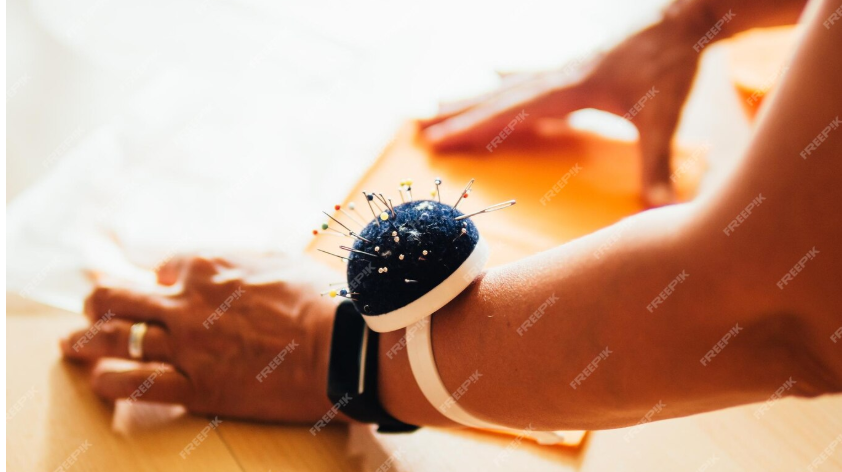
The healthcare landscape is currently experiencing a significant transformation, with wearable technology emerging as a crucial component in medical applications. Leading this innovation is Pepin Manufacturing, recognized for its expertise in custom medical electrode development. These advanced electrodes are reshaping health monitoring practices, chronic disease management, and enhancements in athletic performance.
The Importance of Custom Medical Electrodes
Electrodes play a vital role in medical devices, allowing for the measurement of electrical activity within the human body. They are utilized in various applications, including electrocardiograms (ECGs) for heart monitoring and electroencephalograms (EEGs) for analyzing brain activity. Nevertheless, traditional electrodes often encounter challenges related to discomfort, inadequate adhesion, and compromised signal quality.
The development of custom medical electrodes directly addresses these limitations. By creating electrodes tailored to specific patient needs or device specifications, manufacturers can significantly enhance performance and comfort. Pepin Manufacturing utilizes its extensive expertise to implement innovative designs that improve user experience and data accuracy.
Innovations in Wearable Health Technology
The prevalence of wearable devices has soared, providing users with immediate access to health monitoring data. The effectiveness of these devices hinges on the quality of the sensors used. Custom electrodes enhance the functionality of wearables by ensuring accurate readings while maintaining user comfort.
Pepin Manufacturing focuses on developing electrodes that conform closely to the body, allowing for extended use without irritation. This feature is particularly advantageous for patients requiring continuous monitoring due to chronic conditions. The result is the creation of reliable wearable technology that supports improved health outcomes and enhances overall quality of life.
Benefits of Customization
One of the primary advantages of custom medical electrode development is its capacity to meet specific user requirements. For example, athletes can benefit from electrodes designed to withstand intense physical activity, ensuring stability and accuracy of data during training sessions. Conversely, electrodes designed for pediatric patients can be crafted smaller and gentler to accommodate sensitive skin effectively.
Moreover, customization is essential for ensuring compatibility among electrodes and various monitoring devices. Pepin Manufacturing guarantees that their electrodes integrate seamlessly with existing wearable technologies, providing an enhanced user experience.
Future Directions for Custom Medical Electrodes
As personalized healthcare becomes increasingly sought after, the future of custom medical electrodes holds considerable promise. Ongoing advancements in materials science and technology are anticipated to lead to even more innovative electrode designs. Possible developments may include smart sensors that offer deeper insights into health metrics, such as hydration levels and stress indicators.
Pepin Manufacturing is committed to maintaining its leadership in this evolving industry by addressing current trends and anticipating future needs. Through strategic investments in research and development, the company aims to expand the capabilities of wearable health technology.
Conclusion
The advancement of custom medical electrode development is fundamentally transforming wearable health technology. With industry leaders such as Pepin Manufacturing driving these innovations, a future characterized by more personalized and accessible healthcare is on the horizon. Wearable devices equipped with custom electrodes have the potential to significantly enhance patient monitoring, ultimately leading to improved health outcomes and an elevated quality of life for patients. As exploration of these technologies continues, this is indeed an exciting time for both consumers and healthcare providers.